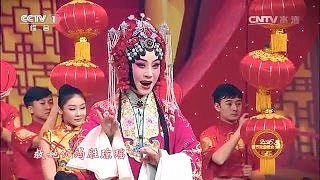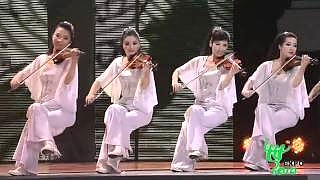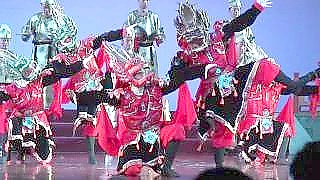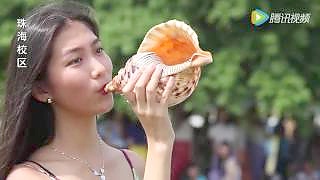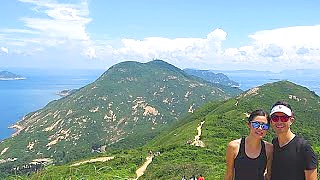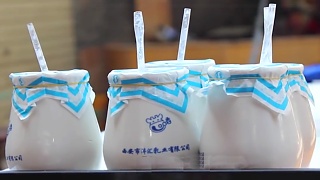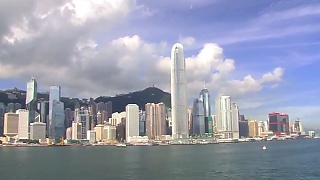
|
With Walk East ...
Shangrao is known for its natural beauty, cultural heritage, and historical sites. Here are some places to visit in and around Shangrao:
Wuyuan County (婺源县): Wuyuan is famous for its picturesque countryside, ancient villages, and well-preserved traditional architecture. Visitors can explore charming villages like Likeng, Xiaoqi, and Wangkou, known for their Ming and Qing dynasty houses, beautiful landscapes, and vibrant rapeseed fields.
Sanqing Mountain (三清山): A UNESCO World Heritage Site renowned for its stunning peaks, deep valleys, and lush forests. It's considered one of China's most sacred Taoist mountains, with temples, pavilions, and scenic hiking trails offering breathtaking views.
Linchuan Ancient City (临川古城): Explore the remnants of this ancient city, which dates back over 2,000 years. Walk along the well-preserved city walls, visit historical sites like the Linchuan Confucian Temple, and admire the traditional architecture and cultural relics.
Shangrao Wuyuan Yanqing Temple (上饶婺源雁卿禅寺): This Buddhist temple, located in Wuyuan County, boasts a history of over 1,400 years. Visitors can admire the temple's architecture, explore its tranquil gardens, and experience Buddhist culture and rituals.
Wolong Valley (卧龙谷): A scenic area known for its karst landscape, dense forests, and pristine rivers. Visitors can enjoy activities such as hiking, camping, bamboo rafting, and exploring the area's natural beauty.
Jinggangshan (井冈山): Although located a bit farther from Shangrao, Jinggangshan is worth a visit for its historical significance as the birthplace of the Chinese Red Army. Explore revolutionary sites like Ciping and visit landmarks such as the Jinggangshan Museum and the Former Residence of Mao Zedong.
Poyang Lake (鄱阳湖): One of China's largest freshwater lakes, offering opportunities for birdwatching, boat tours, and enjoying the natural scenery. Visit the Poyang Lake Wetland Reserve to observe migratory birds and other wildlife.
Yushan Mountain (玉山): Known as the "First Mountain in Southern China," Yushan offers hiking trails, scenic viewpoints, and opportunities for outdoor recreation. It's particularly popular during the spring for its cherry blossoms and azalea flowers.
Wangkou Village (望口村): A beautiful ancient village in Wuyuan County, known for its well-preserved architecture, ancient bridges, and tranquil rural scenery. Explore the narrow lanes, visit historic buildings, and immerse yourself in the village's traditional charm.
Shangrao Bamboo Sea (上饶市竹海): Discover vast bamboo forests, winding paths, and serene ponds in this scenic area. Visitors can take bamboo raft rides, hike through the bamboo groves, and enjoy the peaceful ambiance of nature.
These are just a few highlights of the many attractions Shangrao has to offer, blending natural beauty with cultural heritage to create a memorable travel experience.
|
 Something different – music – emotional mix
Something different – music – emotional mix